Here are a few ideas to help you show sense of scale in your photographs.
How to Show Scale in Photography
Depending on your intention, you may or may not want to give an indication of the scale of what’s in your picture. Sometimes it’s fun to give an illusion of the size of elements in photos being bigger or smaller than they are. This is called forced perspective. Most often you will probably want your pictures to show things the way they are. To do this, keep in mind these three things:
Point of View Lens Choice Relationship of Elements in a Composition
Each of these three things works in conjunction with the other two. They either provide a realistic sense of scale or warp it. Attach a standard lens, show relationship between things (including a recognisable reference element), and consider your point of view. In doing these things you are more likely to show a realistic sense of scale in your photographs. Opt for a wide or telephoto lens, isolate elements and find a creative position from which to take your photograph. Doing this can distort perspective. Let’s take a look at each of these three conditions that work together to influence how we perceive scale in a two-dimensional image.
How Your Point of View Influences Scale in Photography
Your point of view is something you need to consider when you want to show scale in your photography. Our brain calculates what we see. It references it to what we’ve seen in the past. This is how we recognise things and know instinctively how big they are. If you’re far away, a tall building or tree may not appear very big when you photograph it. Standing at the base of the same building or tree with your camera pointing up at it, the photo will give a very different impression of its size. Similarly, mountains might appear small from a distance. Sometimes when you are close to a mountain you cannot photograph it. It’ll be obscured by the foothills no matter how big it is. If you’re above the mountain, in a plane or helicopter, looking down at it your photographs will not give any clues as to the size of the mountain. You may be torn between taking photos close up or standing further back. Closer up you can make a more dramatic looking photo. But it may not provide accurate visual information about the scale of what’s in the picture. Standing further back you will more likely make photos that show the scale better. But they might not be as dramatic. The easy solution is to take two or more photos to illustrate the scene. You can display or share the two images side by side to show how the scene appears and the way you saw it creatively. You must be very deliberate about where you take your photos from. This is one of the most important considerations. Your point of view has a huge impact on your resulting photograph. Not solely for scale photography, but with every photograph you take.
How Perspective Affects Scale Perception
A very low or very high perspective will often influence our perception of scale in photographs. Lying on the ground and photographing small objects can make them look larger than they are. Being up above something and looking directly down at it will make the object appear smaller. People nearly always stand to take photos. This produces a very normal perspective. It’s how we see the world most commonly.
Best Lenses for Showing Accurate Scale in Photos
Whether you use a zoom or prefer prime lenses, your choice of focal length will affect the sense of scale in your images. Pushing to extremes, super wide or super telephoto, you will see a warped sense of scale in your photographs. These types of lenses provide a different perspective than what we are used to seeing.
Standard Lenses
A standard lens, not too wide and not too long, will most often provide you with an accurate sense of scale in your photos. The technical definition of standard lenses is one where the focal length is about the same measurement across the diagonal of the digital sensor or film. On a full frame camera this would be 43mm. A 35mm or 50mm lens usually the closest prime lenses. On a sensor with a crop factor of 1.5, this would be a 30mm lens. 50mm lenses are often considered a normal lens on a full frame camera, but this lens actually captures a narrower field than what we see with our eyes. Using a zoom lens at 43mm allows you to photograph more accurately with a ‘normal’ focal length. Use this to show a true sense of scale in your photographs.
Telephoto Lenses
Longer lenses tend to compress distances in photographs. This gives a distorted impression of how far away from the camera things are and can affect our perception of their size. Getting far enough away from large things, like tall buildings, long bridges or high mountains can prove challenging. It is not often practical to use a long lens for such types of photography. Using a long lens can lead to misconceived ideas about the scale of them. Longer lenses tend to isolate, showing less background and surroundings. This can lead to things appearing larger than they are or leaving their size ambiguous.
Wide Lenses
You need to be careful using wide lenses when you want to display an accurate sense of scale in your photos. A wide or very wide angle lens is the natural choice for many photographers wanting to show a sense of scale in photography. But using a wide lens and including an element in the foreground can lead to a confused sense of scale. Whatever is close to you and included in a wide angle composition will appear larger than it is. The wider the lens, the more the distorted sense of scale. Things that are farther away from you will appear much smaller when you have a wide angle lens on your camera.
Include the Human Element to Portray Scale in Your Photos
Including a person in a photograph is the most reliable way to give a sense of scale. This is because we instinctively know how big a person is. We can make an easy comparison. You can use anything that is easy to recognise to provide a sense of scale to your compositions. Things like trees or animals can vary in size. And might not be as easy to recognise. Whereas an adult human’s size is readily perceived. A clear size reference included in compositions gives our brains the information we need. This is particularly important when we look at a two-dimensional photo where we have no accurate depth perception.
Conclusion
Scale in photography is an important element. Use it to make your compositions more accurate. Or use it for creative photography with forced perspectives. The tips in this article will help you show scale in your photos, or radically distort it.
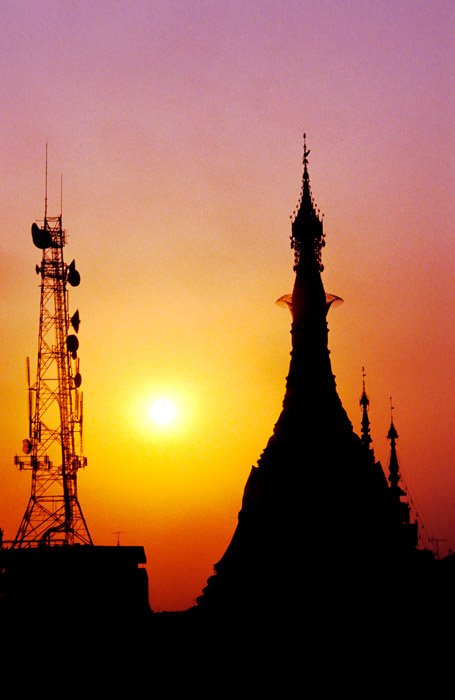

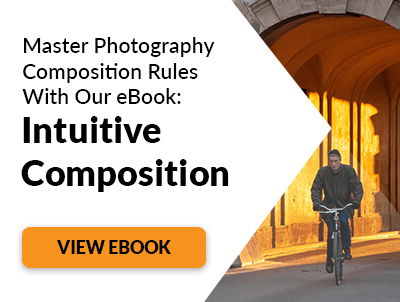

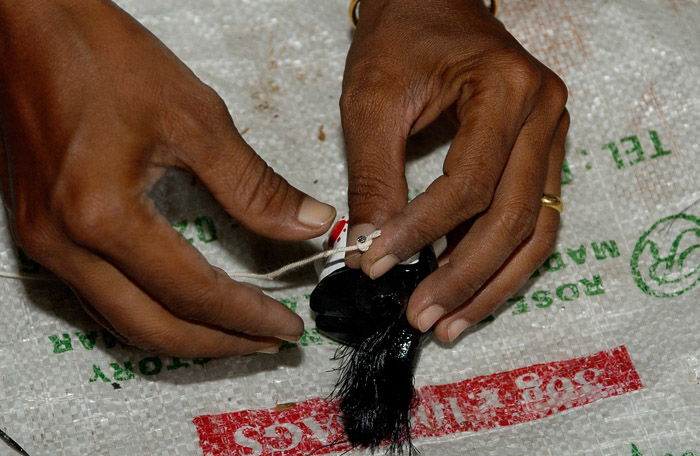

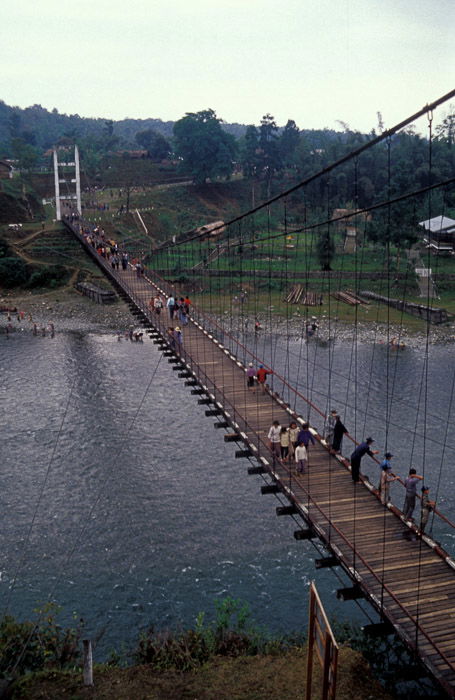

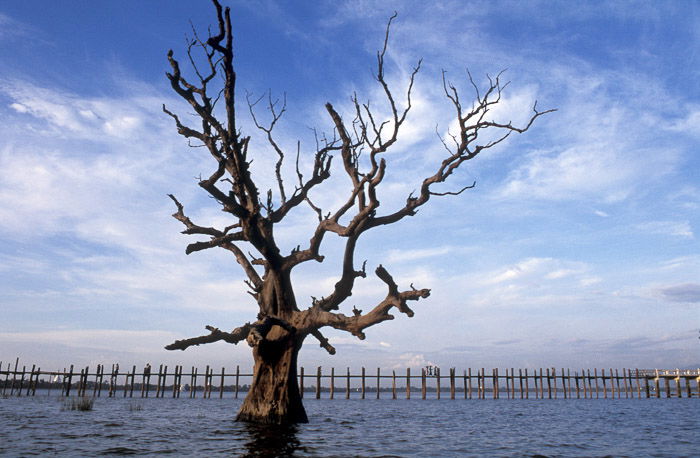
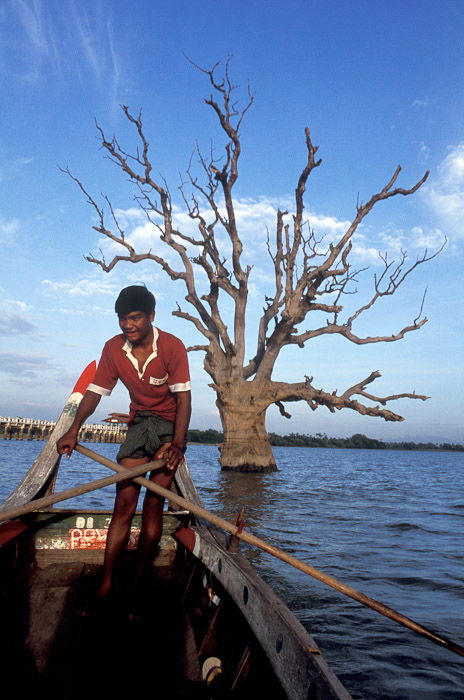


title: “How To Show An Accurate Sense Of Scale In Photography” ShowToc: true date: “2023-02-20” author: “Alan Finger”
Here are a few ideas to help you show sense of scale in your photographs.
How to Show Scale in Photography
Depending on your intention, you may or may not want to give an indication of the scale of what’s in your picture. Sometimes it’s fun to give an illusion of the size of elements in photos being bigger or smaller than they are. This is called forced perspective. Most often you will probably want your pictures to show things the way they are. To do this, keep in mind these three things:
Point of View Lens Choice Relationship of Elements in a Composition
Each of these three things works in conjunction with the other two. They either provide a realistic sense of scale or warp it. Attach a standard lens, show relationship between things (including a recognisable reference element), and consider your point of view. In doing these things you are more likely to show a realistic sense of scale in your photographs. Opt for a wide or telephoto lens, isolate elements and find a creative position from which to take your photograph. Doing this can distort perspective. Let’s take a look at each of these three conditions that work together to influence how we perceive scale in a two-dimensional image.
How Your Point of View Influences Scale in Photography
Your point of view is something you need to consider when you want to show scale in your photography. Our brain calculates what we see. It references it to what we’ve seen in the past. This is how we recognise things and know instinctively how big they are. If you’re far away, a tall building or tree may not appear very big when you photograph it. Standing at the base of the same building or tree with your camera pointing up at it, the photo will give a very different impression of its size. Similarly, mountains might appear small from a distance. Sometimes when you are close to a mountain you cannot photograph it. It’ll be obscured by the foothills no matter how big it is. If you’re above the mountain, in a plane or helicopter, looking down at it your photographs will not give any clues as to the size of the mountain. You may be torn between taking photos close up or standing further back. Closer up you can make a more dramatic looking photo. But it may not provide accurate visual information about the scale of what’s in the picture. Standing further back you will more likely make photos that show the scale better. But they might not be as dramatic. The easy solution is to take two or more photos to illustrate the scene. You can display or share the two images side by side to show how the scene appears and the way you saw it creatively. You must be very deliberate about where you take your photos from. This is one of the most important considerations. Your point of view has a huge impact on your resulting photograph. Not solely for scale photography, but with every photograph you take.
How Perspective Affects Scale Perception
A very low or very high perspective will often influence our perception of scale in photographs. Lying on the ground and photographing small objects can make them look larger than they are. Being up above something and looking directly down at it will make the object appear smaller. People nearly always stand to take photos. This produces a very normal perspective. It’s how we see the world most commonly.
Best Lenses for Showing Accurate Scale in Photos
Whether you use a zoom or prefer prime lenses, your choice of focal length will affect the sense of scale in your images. Pushing to extremes, super wide or super telephoto, you will see a warped sense of scale in your photographs. These types of lenses provide a different perspective than what we are used to seeing.
Standard Lenses
A standard lens, not too wide and not too long, will most often provide you with an accurate sense of scale in your photos. The technical definition of standard lenses is one where the focal length is about the same measurement across the diagonal of the digital sensor or film. On a full frame camera this would be 43mm. A 35mm or 50mm lens usually the closest prime lenses. On a sensor with a crop factor of 1.5, this would be a 30mm lens. 50mm lenses are often considered a normal lens on a full frame camera, but this lens actually captures a narrower field than what we see with our eyes. Using a zoom lens at 43mm allows you to photograph more accurately with a ‘normal’ focal length. Use this to show a true sense of scale in your photographs.
Telephoto Lenses
Longer lenses tend to compress distances in photographs. This gives a distorted impression of how far away from the camera things are and can affect our perception of their size. Getting far enough away from large things, like tall buildings, long bridges or high mountains can prove challenging. It is not often practical to use a long lens for such types of photography. Using a long lens can lead to misconceived ideas about the scale of them. Longer lenses tend to isolate, showing less background and surroundings. This can lead to things appearing larger than they are or leaving their size ambiguous.
Wide Lenses
You need to be careful using wide lenses when you want to display an accurate sense of scale in your photos. A wide or very wide angle lens is the natural choice for many photographers wanting to show a sense of scale in photography. But using a wide lens and including an element in the foreground can lead to a confused sense of scale. Whatever is close to you and included in a wide angle composition will appear larger than it is. The wider the lens, the more the distorted sense of scale. Things that are farther away from you will appear much smaller when you have a wide angle lens on your camera.
Include the Human Element to Portray Scale in Your Photos
Including a person in a photograph is the most reliable way to give a sense of scale. This is because we instinctively know how big a person is. We can make an easy comparison. You can use anything that is easy to recognise to provide a sense of scale to your compositions. Things like trees or animals can vary in size. And might not be as easy to recognise. Whereas an adult human’s size is readily perceived. A clear size reference included in compositions gives our brains the information we need. This is particularly important when we look at a two-dimensional photo where we have no accurate depth perception.
Conclusion
Scale in photography is an important element. Use it to make your compositions more accurate. Or use it for creative photography with forced perspectives. The tips in this article will help you show scale in your photos, or radically distort it.











